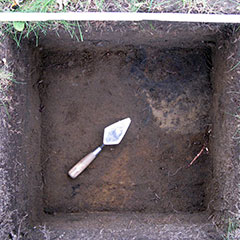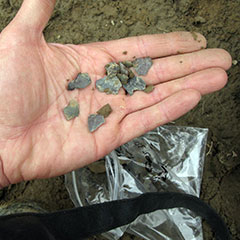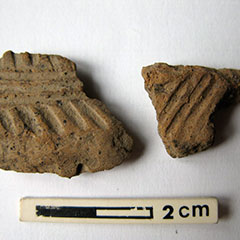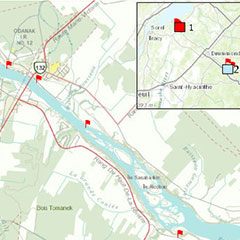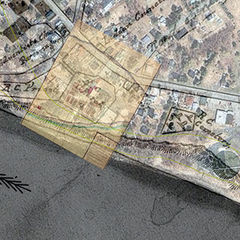Alsig8ntegkw
In Abenaki, Alsig8ntegkw means “the river where there was an empty cabin” or “the river where there was no one”. It was the name the Abenakis used to designate the Saint-François River. Alsig8ntegkw originates in Lake Saint-François, a large fluvial lake in southern Québec. It flows southwest to Sherbrooke and then turns north, eventually joining the St. Lawrence River, or more precisely, Lake St. Pierre.
Archaeological excavations along the Saint-François River have led to the discovery of Aboriginal camps dating from the prehistoric and historic periods. However, the Odanak site is the only one to date that has yielded traces of a village and fort during the French regime.
Explorers’ journals from that period, along with data from archaeological fieldwork, indicate that Aboriginal people used the Saint-François River to travel from the coast of what is now New England to the St. Lawrence. They seem to have camped on the banks of the Alsig8ntegkw, but do not appear to have built any villages there. It was not until the French regime that European colonists settled at the confluence of the Saint-François River and Lake St. Pierre. They began to spread out along the banks of the river in the 19th century, during the British regime.

